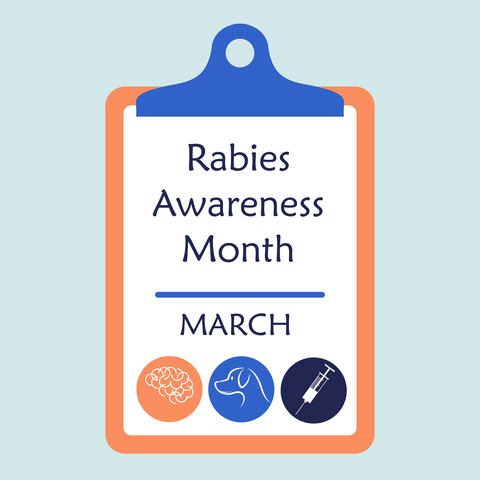 This month, millions of people observed Alcohol Awareness Month, Autism Awareness Month, Donate Life Month, Foot Health Awareness Month, Humor Month and a host of other observances to raise awareness about conditions and issues. In addition to month long commemorations, specific weeks and days focused on other illnesses and disorders.
This month, millions of people observed Alcohol Awareness Month, Autism Awareness Month, Donate Life Month, Foot Health Awareness Month, Humor Month and a host of other observances to raise awareness about conditions and issues. In addition to month long commemorations, specific weeks and days focused on other illnesses and disorders.
It has become commonplace to pass a billboard, open a publication or click on a website and discover a new issue in the spotlight. Awareness campaigns are designed to reach a broad audience and dispel ignorance and deepen understanding. Do they work? Unfortunately, hard scientific evidence about the impact of awareness efforts is limited. It is generally agreed that these campaigns boost knowledge, but there is scant empirical data available about their impact on actions. And, after all, it is through action that behavior is changed.
Think about your practice’s marketing efforts and messaging, are your educational efforts simply increasing awareness or are your efforts encouraging a behavior change? A good example to look at is your focus on preventive care. To improve the quality of life for pets, most practices have made preventive care a priority to promote. Staff talking points that highlight common pet healthcare issues that can be managed with preventive care is an important step. To encourage real behavior change it is essential to take it further and lead your clients to action.
Summarized below are a few tips to ensure that actions speak louder than words:
- When raising awareness, use resources and tools that illustrate the issues and provide clear directions for addressing it. When clients receive information, they should also understand how they should use it.
- Be sure to underscore the consequences of not changing behavior. For example, pet owners who are not proactive about tending to their pet’s dental care put the animal at risk for tooth decay and other health problems that can impact the heart and general well-being. Preventive care can address and treat dental issues before they escalate.
- Once the message has been delivered, regardless of the format, make sure it is easy for the recipient to ask questions, schedule an appointment or follow through on your medical recommendation. Make it simple and easy for follow through.
Marketing to change behavior is more than just promoting awareness it requires an understanding by the client. When people are asked to modify their actions---in this case, to embrace preventive pet healthcare---their reaction is often motivated by the costs and benefits the change will entail. The goal is to make the change easy and compelling. “It is much less expensive to give that $7 a month pill as a preventive than to have to treat a pet that becomes heartworm positive for $400 - $500 not to mention the risk to the life of the pet.” When clients understand what they will lose or give up if they don’t change behavior, they are more likely to be receptive to the message.
Partners for Healthy Pets offers resources to improve your marketing message. Don’t feel like you have to re-create the wheel in order to encourage your clients to take action. Content is available through the PHP website and Preventive Pet Healthcare: Your guide to becoming a Practice Champion. These resources can be used to educate clients and change behavior.
#ChampionsCorner